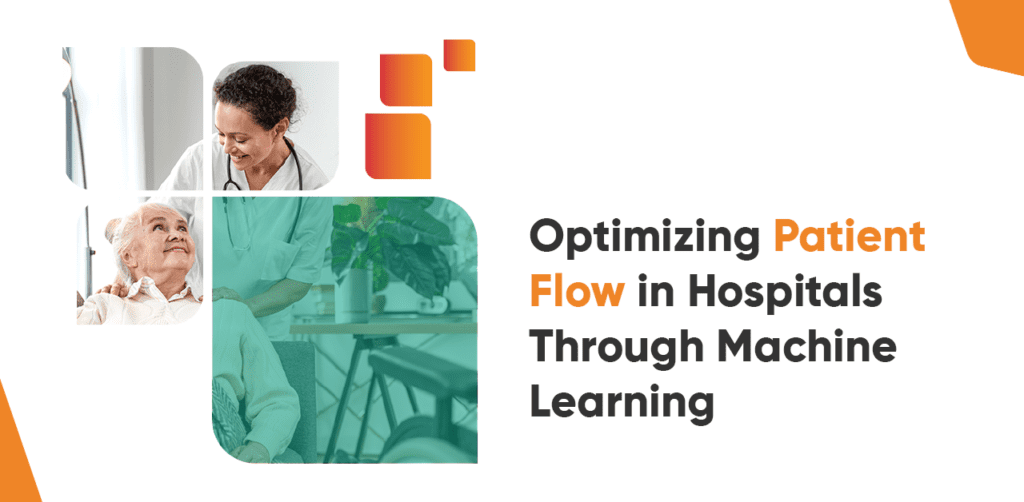Executive Summary
Since hospitals consist of interconnected and interdependent units, managing and optimizing patient flow begins with a clear and accurate understanding of the demand for hospital staffing and resources. By leveraging historical data, machine learning models can help hospitals to predict the patient flow at each department, enabling them to optimize resource allocation, minimize wait times, and improve patient outcomes.
The paper addresses critical aspects of managing patient inflow, which include:
- How can healthcare institutions tackle the challenge of patient overcrowding?
- What can hospitals do to avoid staff burnout due to inefficient scheduling?
- How can machine learning models improve hospital operations and patient outcomes?
- What are some of the successful case studies of hospitals using predictive models?
Download Insights
Fill the details below
Most Popular

Web 3.0 Powered by Marketing Analytics f...
January 9, 2024

Digital Twin for Supply Chain Efficiency...
October 30, 2023

Will Generative AI lead to Chaos or Cont...
July 28, 2023

Pioneering Change Approaches in Prescrip...
June 26, 2023



